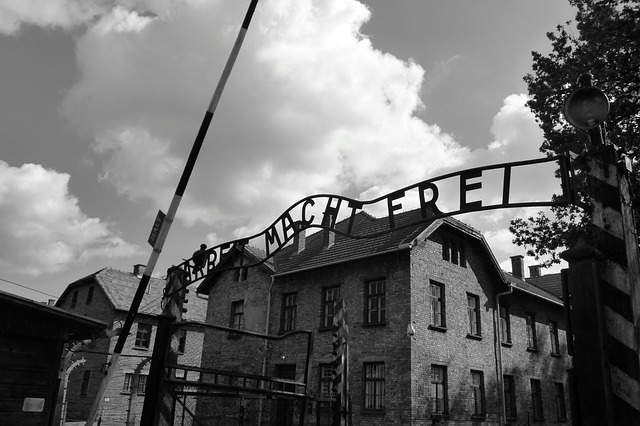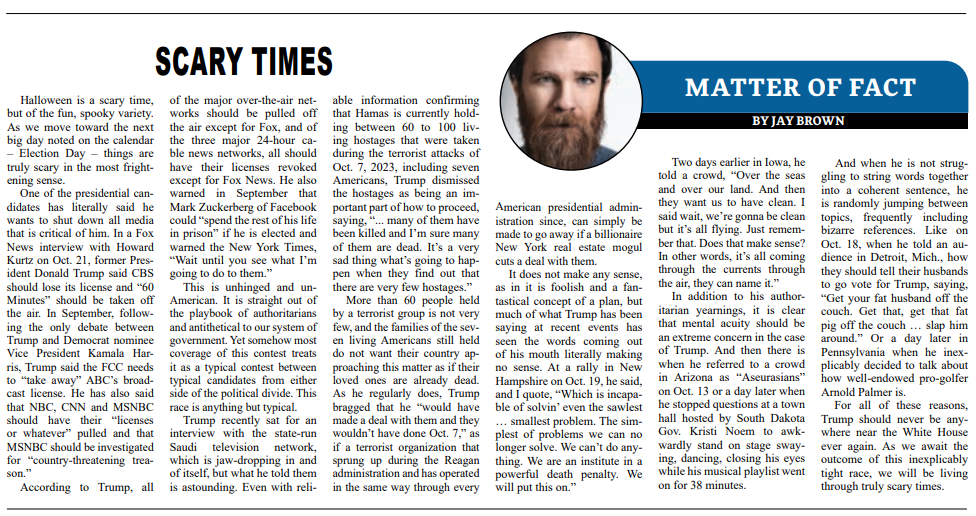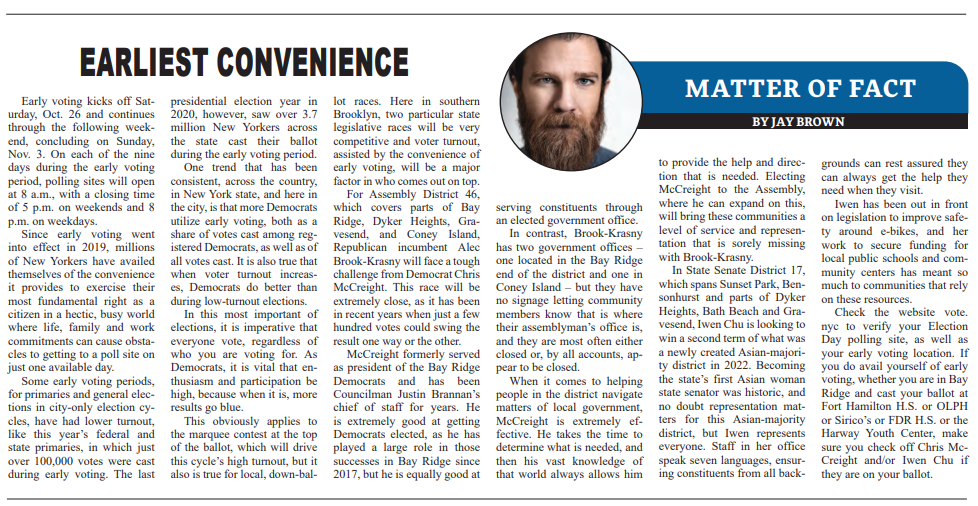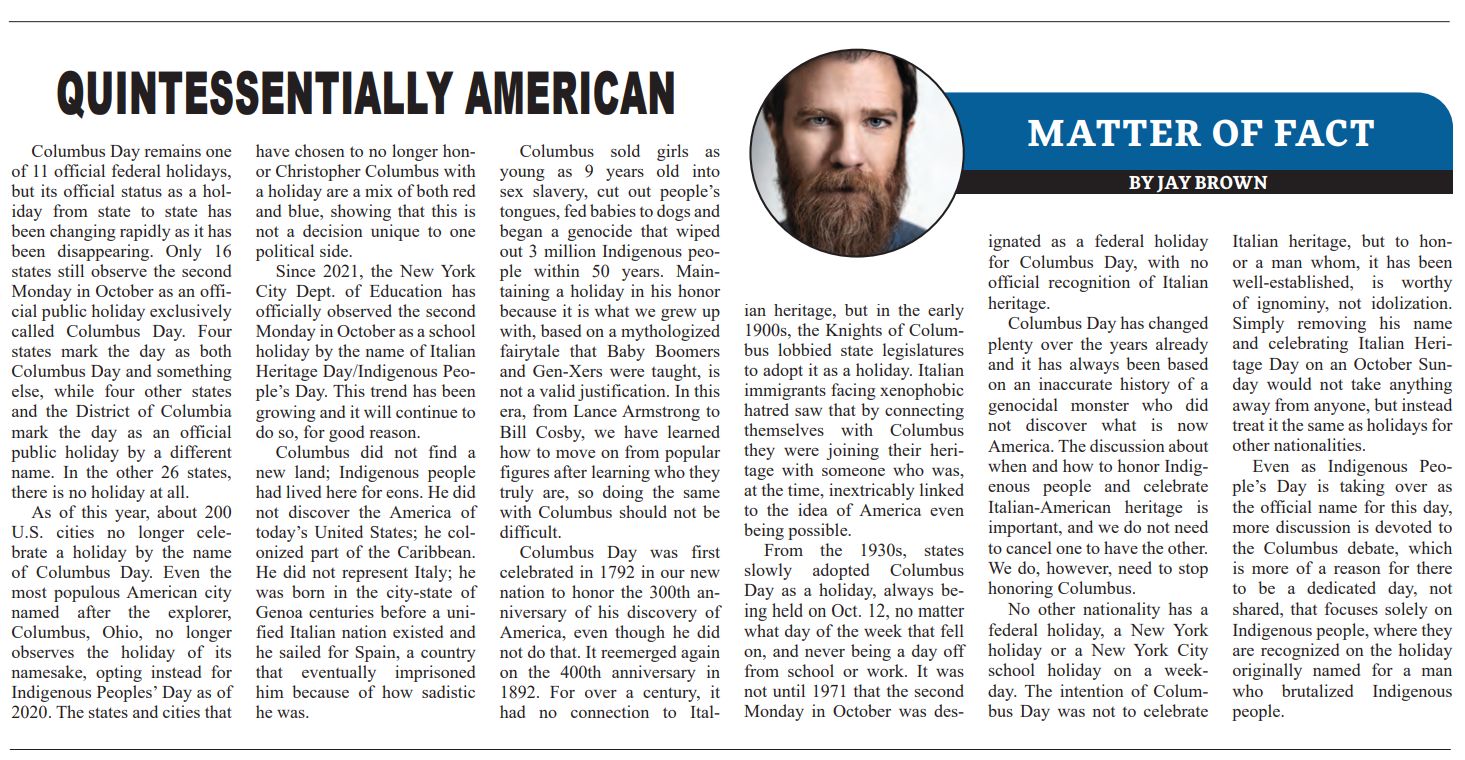Yesterday was Holocaust Remembrance Day. Last year, the statement released by the Trump administration noting the somber occasion failed to make any mention of Jews. As with other instances where Trump’s actions offended many, his supporters were quick to defend him, citing the fact that many groups were affected by the Holocaust. And though true, the six-million Jews killed accounted for more than 90% of its victims. Omitting Jews from remarks about the Holocaust would be like failing to mention New Yorkers, who made up nearly 90% of those lost, when remembering 9/11.
Though seven decades and an ocean separate modern-day Americans from the Holocaust, there are parallels here and now that should cause concern and inspire vigilance. George Santayana’s well-known words are just as prescient today as they were when he published them early in the twentieth century: “Those who cannot learn from history are doomed to repeat it.”
 At the same time Hitler’s forces were rounding up Jews across Europe, our own Government was doing the same to certain groups here in the States. On February 19, 1942, President Franklin D. Roosevelt issued Executive Order 9066, setting the wheels in motion for the internment of Americans in concentration camps.
At the same time Hitler’s forces were rounding up Jews across Europe, our own Government was doing the same to certain groups here in the States. On February 19, 1942, President Franklin D. Roosevelt issued Executive Order 9066, setting the wheels in motion for the internment of Americans in concentration camps.
“…we lost our homes, our livelihoods and our freedoms.”
About 120,000 men, women, and children of Japanese descent were forced to leave their homes, permitted to take only what they could carry and told to leave behind pets. They were relocated to 10 internment camps across the country. More than two-thirds of them were American citizens, while many of the rest had lived in America for 20 years or longer. No Japanese American citizen or Japanese national residing here was ever found guilty of sabotage or espionage. George Takei, whose family was one of those interned during the war, said of the experience, “we happened to look like the people who had bombed Pearl Harbor. For that crime, we lost our homes, our livelihoods and our freedoms.”
“…a total and complete shutdown of Muslims entering the United States”
Seventy-four years to the day of the Pearl Harbor attack, candidate Donald Trump made his first call to ban Muslims from entering the United States. “Donald J. Trump is calling for a total and complete shutdown of Muslims entering the United States until our country’s representatives can figure out what the hell is going on,” he said at a South Carolina campaign rally. The following day, Trump defended his proposed Muslim ban by comparing it to the actions of Roosevelt and said he “would have had to be there at the time” to say whether he would have been for or against internment. Just after the election, Trump Surrogate Carl Higbie cited the action as precedent for the president-elect’s plans to create a registry for immigrants from Muslim countries, stating, “We did it during World War II with the Japanese.”
 As President, Trump has issued Executive Orders 13769, 13780, and Proclamation 9645, banning travelers from several Muslim-majority nations from entering the United States. Each successive order coming after the previous suffered partial or total defeats in the courts. No citizen of any of the countries in Trump’s travel bans has ever carried out an attack in the United States.
As President, Trump has issued Executive Orders 13769, 13780, and Proclamation 9645, banning travelers from several Muslim-majority nations from entering the United States. Each successive order coming after the previous suffered partial or total defeats in the courts. No citizen of any of the countries in Trump’s travel bans has ever carried out an attack in the United States.
His attempts to keep residents of certain foreign nations out have been matched by his efforts to expel those residing in the United States without legal status. On the campaign trail, he praised President Eisenhower’s ‘Operation Wetback,’ which was responsible for the deportation of over one-million Mexican immigrants. Besides the derogatory term in the initiative’s name, ‘Operation Wetback’ is considered by most to have been inhumane, due to its practice of leaving deportees in remote areas deep in Mexico without food or water. Many died from the harsh conditions. Several hundred of those deported were American citizens who were not given an opportunity to prove their citizenship.
The United States has had a long history of being a nation of immigrants, but one type of immigrant the nation has been especially welcoming to is the refugee. The Trump administration slashed the 2017 refugee limit to 45,000. By contrast, over the past decade, an average of more than 75,000 per year have been granted asylum. The International Rescue Committee released a report this past week showing that in 2017 less than half of the 45,000 cap were actually admitted to the United States.
Syrians, who had accounted for 15% of all refugees in 2016, only made up 0.5% in 2017, due in large part to Trump’s travel bans. The President has also reportedly questioned why we are accepting so many refugees from Haiti and Africa, which he referred to as “shithole countries.”
 There are parallels between the era of the Holocaust and today’s antipathy towards immigrants and refugees. Anne Frank’s family had applied to enter the U.S. as refugees but were turned down due to restrictions on people entering from countries the United States was at war with. Had she been allowed to emigrate, rather than being the most well-known victim of the Holocaust – a young girl who died brutally at the age of 15 – today she might be an unknown, 88-year-old, one-time refugee, American citizen.
There are parallels between the era of the Holocaust and today’s antipathy towards immigrants and refugees. Anne Frank’s family had applied to enter the U.S. as refugees but were turned down due to restrictions on people entering from countries the United States was at war with. Had she been allowed to emigrate, rather than being the most well-known victim of the Holocaust – a young girl who died brutally at the age of 15 – today she might be an unknown, 88-year-old, one-time refugee, American citizen.




